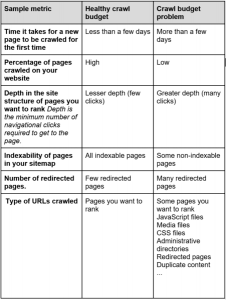
If you are involved in a business’s digital marketing efforts, the fear of a massive and very public blunder can easily cause you to wake in a cold sweat at the dead of night. Social media gaffes occur often, and while some brands embrace the publicity (negative though it may be), others suffer real reputational damage.
Here are just a handful of the worst digital marketing gaffes that have occurred recently and crucially – some tips on how you can avoid making the same mistakes…
1. Making embarrassing assumptions about your target audience
One of the most public and humiliating examples of a brand doing virtually nothing to understand the audience it was targeting was Microsoft. According to a feature on netimperative.com, in 2016 one of its recruiters sent out an email targeting millennials which promised “hella noms, lots of dranks, the best beats” at a recruitment afterparty. Unsurprisingly, Microsoft was roundly ridiculed for the attempt to appear hip.
Avoiding this kind of blunder is simple. Take the time to research your target audience. If it isn’t an audience you’re familiar with, try to understand their motivations, likes, goals and pain points. What do they care about? Don’t just pick up on outdated slang terms and think that it’ll be enough to appeal to them.
2. Backfiring social media content
While some of the most successful brands on social media are those that have a little spontaneous fun with their content, you need to be extremely careful. There are countless examples of brands tweeting offensive, mis-timed or distasteful jokes, as well as inaccurate, poorly researched comments, but some of the worst of recent times include:
- San Antonio-based mattress company posting a video for a ‘Twin Towers’ mattress sale
- Beauty brand Seoul Secret’s entire ‘White makes you win’ campaign for its skin-lightening cosmetics
- Total Beauty tweeting about Oprah Winfrey having tattoos at the Oscars, using a picture of Whoopi Goldberg
These are all examples of toe-curling inappropriateness and lack of judgment, but even smaller mistakes to do with a lack of fact-checking can be embarrassing for your brand. There are many ways to avoid them, such as:
- Running content past a second pair of eyes
- Fact-checking and proofreading carefully
- Understating hashtags before tweeting them
- Keeping strict control of who uses social media, to avoid employees tweeting from the wrong account
3. Hijacking and trolling
Every brand that runs any kind of digital marketing or social campaign needs to be prepared for responses from the public. Whether it’s open Q&As, live videos or a bold new social campaign, there will always be a public response. Sometimes, this will be negative – take what happened with British Gas’ #askBG Twitter event immediately after it announced a 9.2% price rise back in 2013.
After all, social media is a conversation and consumers will always have an opinion about what you’re doing. Whether it’s a new email campaign or newly developed social content, you need to put a plan in place for worst-case scenario responses. You can’t stop this from happening, but you can be prepared for negative reactions and respond to them positively.
Digital & Social Articles on Business 2 Community(89)
Report Post



